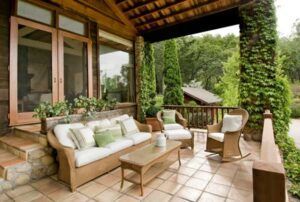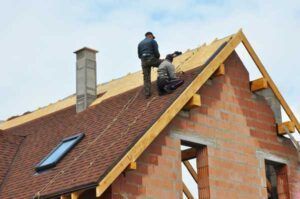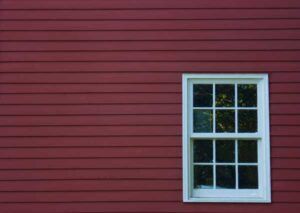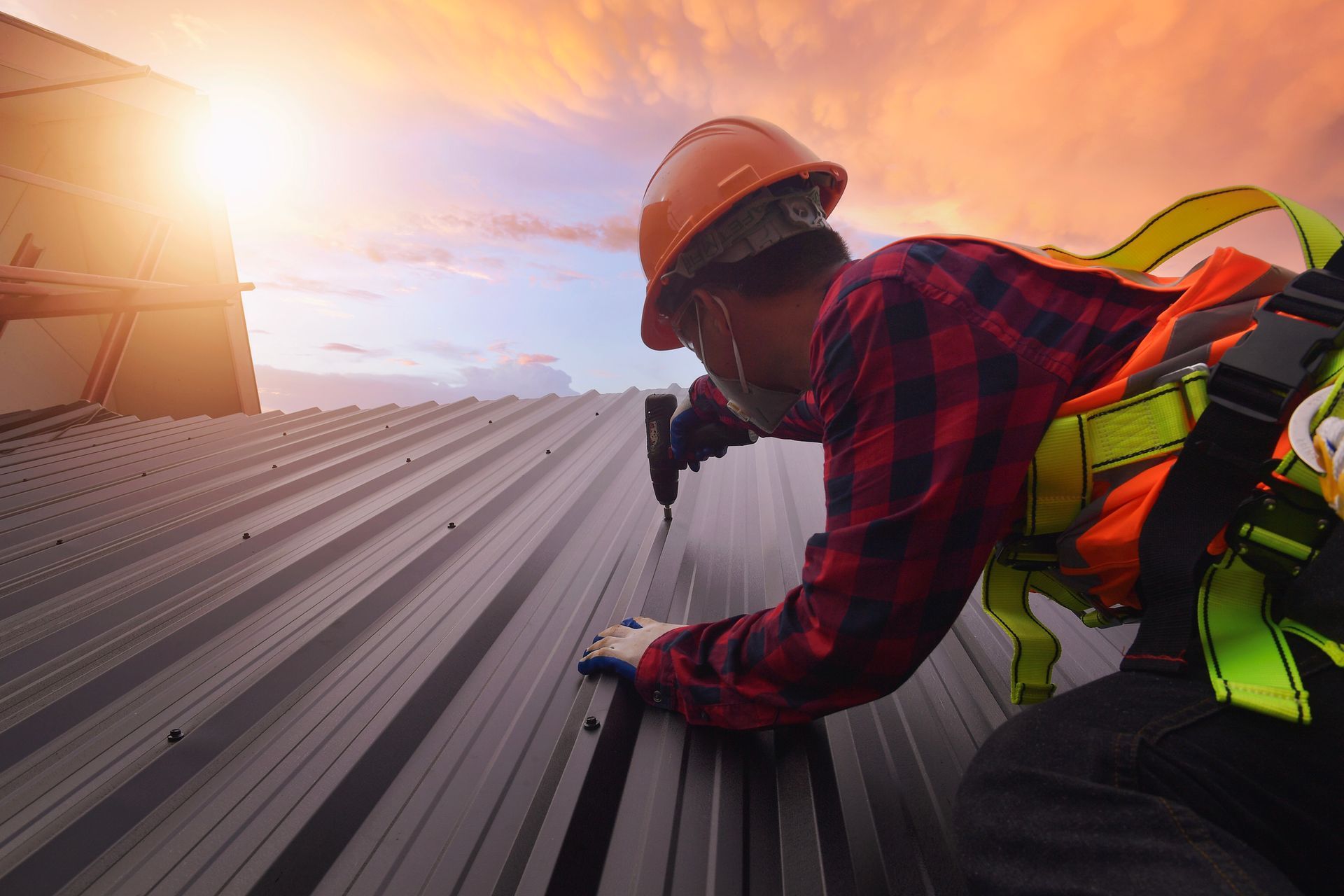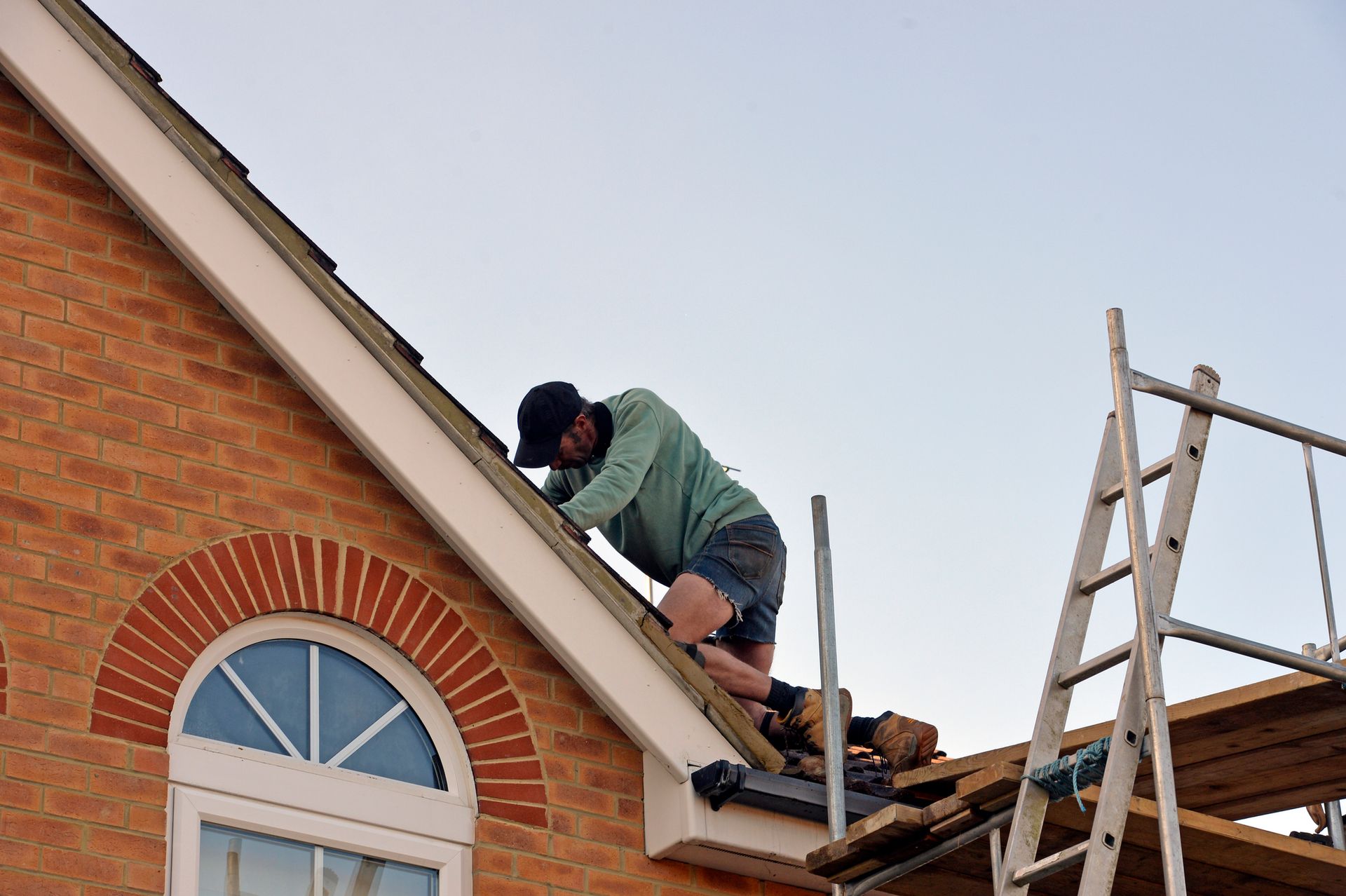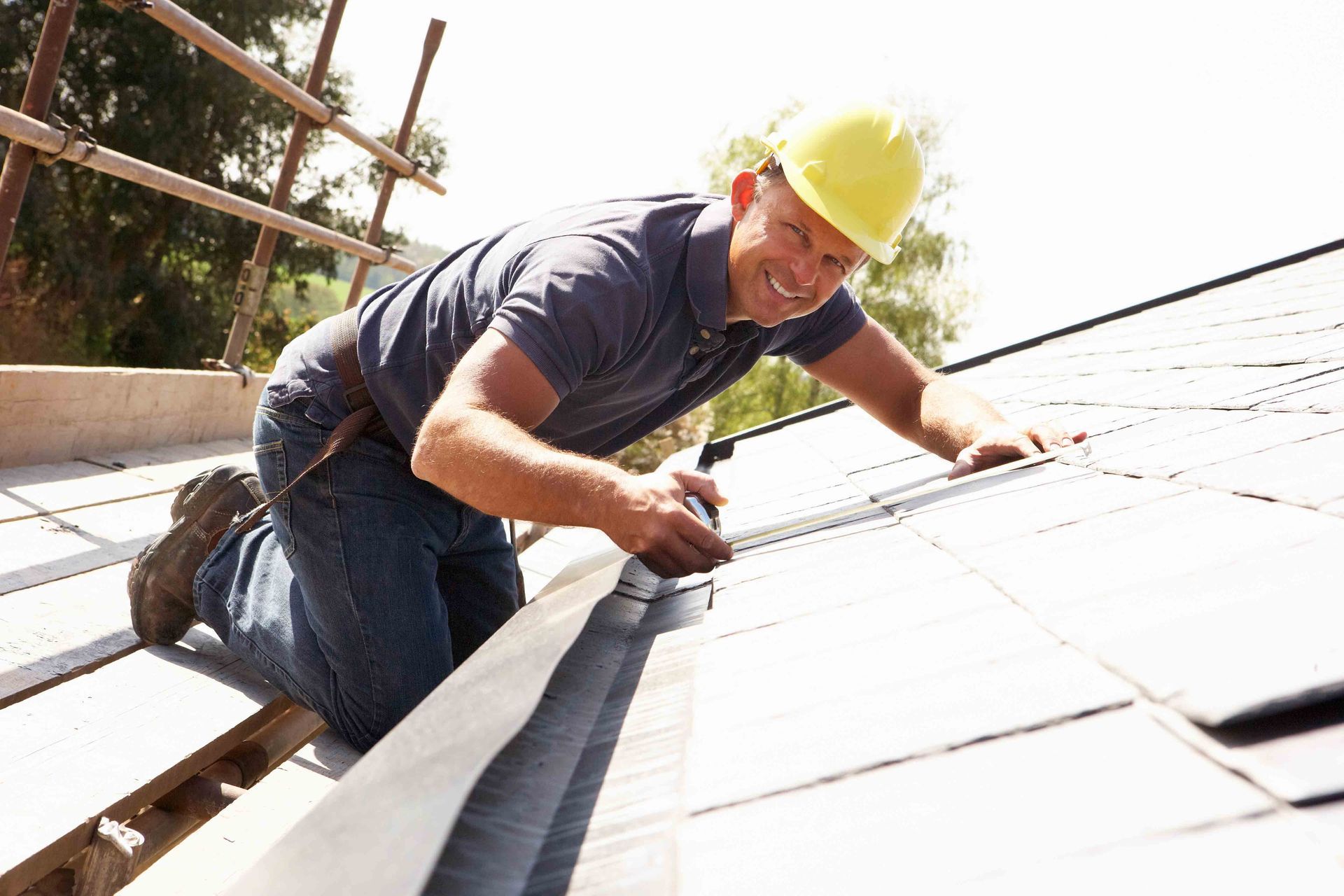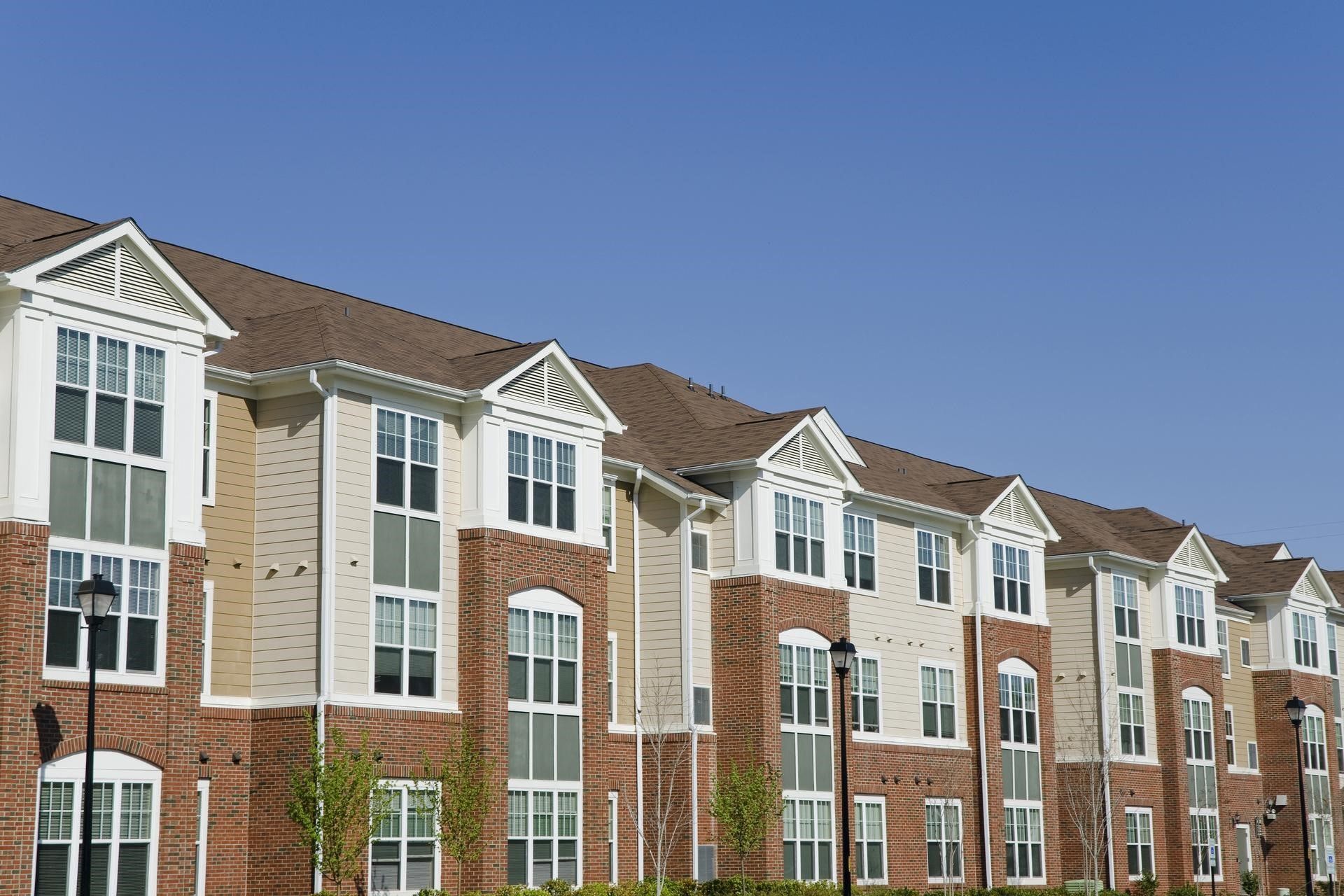4 Organisms That Can Grow On and Damage Your Roof
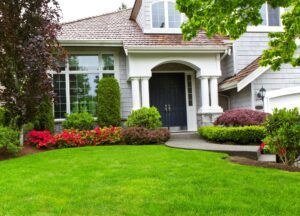
As homeowners, the roof often stands as a silent, sturdy guardian. It’s our first line of defense against the harsh elements of nature, offering protection to those beneath it. But did you know that seemingly innocuous organisms could stealthily invade, grow, and cause significant damage to your roof?
Understanding these adversaries is the first step in proactively safeguarding your roof and home. This blog post delves into the deep-dwelling world of four common culprits that can damage your roof.
- Algae
Roof algae frequently appears as black streaks or dark spots. Algae colonies like to colonize shingle fillers made of limestone and subsequently consume them. This facilitates their rapid expansion and multiplication, eventually reaching millions of separate colonies. Damage to the structure beneath the roof’s surface is possible as well as its visual appeal.
These algae thrive in stagnant water, which can degrade the wood underneath the shingles and eventually cause rot and the need for a roof repair. The wind can carry the algae to other structures on the estate and potentially to the neighbors’ houses, where it will cause an even worse problem.
The problem worsens since these colonies can serve as a fertile environment for mold. Stopping the spread of algae and dealing with its colonies promptly is crucial to avoid these problems.
- Lichens
Lichens are complex organisms that develop into a low, crusty, leafy, or branched growth. Fungi can form a symbiotic association with these organisms. Lichens colonize rooftops and cling tenaciously to the surfaces. This strong hold means that they typically peel off the shingle’s outermost layer—the color coat—leaving behind ugly scars.
Lichens can take on a variety of hues when they blossom, from green to white to even orange. They get their nourishment from the asphalt and have root-like organs that grow underneath the gravel particles on the roof. When lichen decays and dies, it results in a circular pattern of granule erosion that looks like hail splatter.
Lichen’s propensity to cling tenaciously to the surface of shingles and aggressively remove the color layer can lead to various problems, including roof discoloration, granule loss, and general deterioration. If you notice any lichens on your roof, routinely clean them off to avoid serious damage.
- Mold and Mildew
Mold and mildew are both forms of fungi. Mold appears as black, green, or white discoloration, while mildew usually forms a white coating in a damp environment. The most common types of mold and mildew thrive in warm, damp environments, and they may quickly spread across roof surfaces, coating them in a dark blanket.
By digesting the shingles and other roofing materials, mold and mildew can cause significant damage to a roof. This can lead to the need for pricey maintenance or replacement. Spores from mold and mildew can readily penetrate the roof and enter the home. For those susceptible to mold allergies, this can trigger a wide range of serious health problems.
- Moss
Moss is a tiny, non-vascular flowerless plant that may grow vertically and out of control by absorbing water through its spores. Green clusters or mats of moss are typical, and they prefer moist, shady environments. Moss growth on rooftops presents several potential hazards.
First, a roof with too much moss might become too heavy. Since moss grows swiftly and in groups, each group becomes a sponge for the water it needs. Because of the weight of the moss, the additional water stresses the roof’s structure. Moreover, moss can spread and cover the entire roof if it is not removed, which places additional stress on the structure.
Second, mold and rot might flourish in the surplus moisture that has pooled there. Fragments of mold can be tracked indoors on shoes, posing a major health danger. Holes caused by rot render a roof vulnerable to leaks, which can lead to even more decay. It’s also possible for moss to grow below shingles, tiles, or slates, causing them to loosen and fall.
If your roof has been significantly affected by the development of these organisms, reach out to us at D.S. Bahr Construction, Inc. for roofing repairs and replacement.
The post 4 Organisms That Can Grow On and Damage Your Roof appeared first on D.S. Bahr Constraction, Inc.
